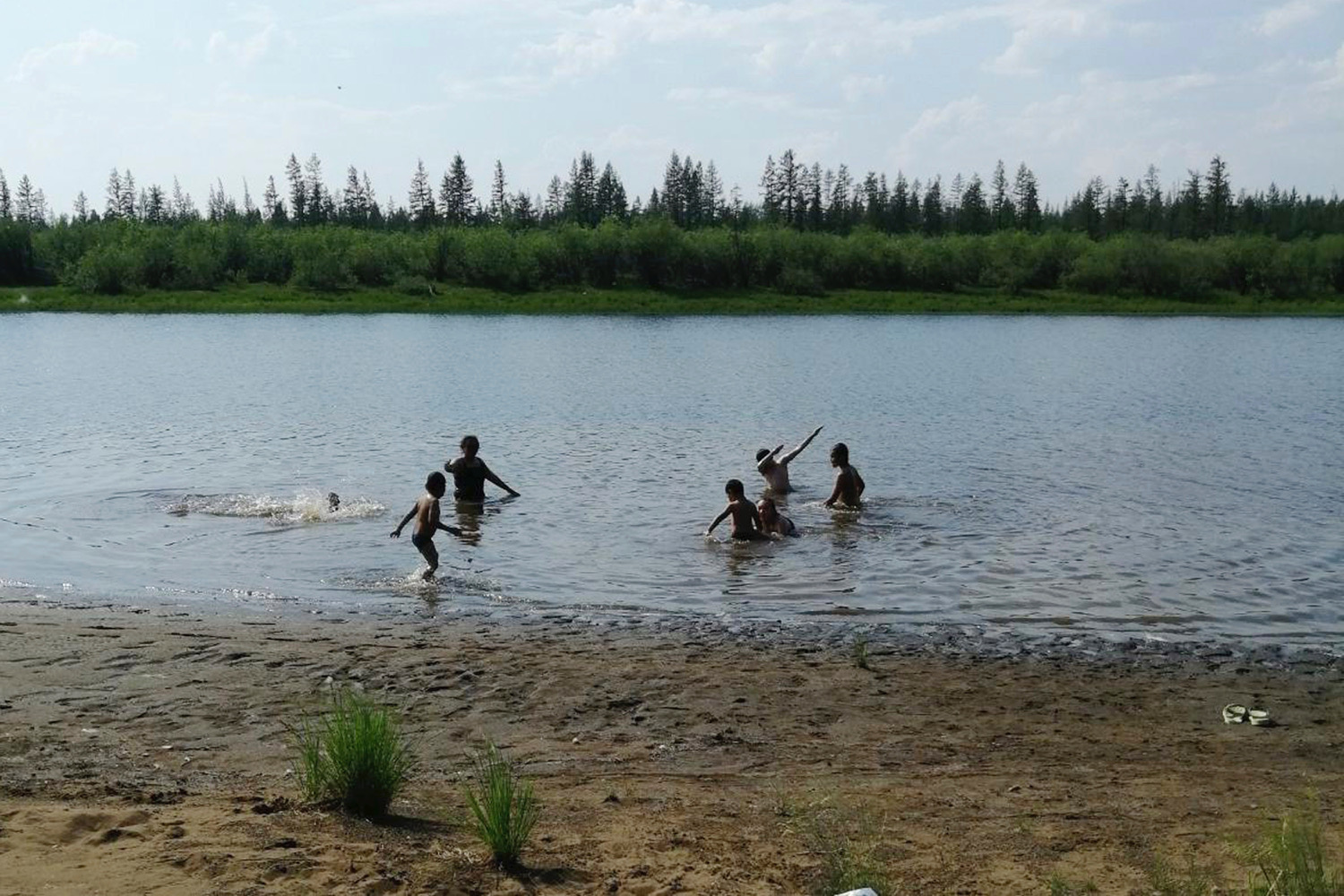A small town in Siberia near the Arctic Circle, called Verkhoyansk, recorded more than 100-degree Fahrenheit temperature on Sunday, marking the hottest temperature ever recorded north of the Arctic Circle.
In recent months, temperatures have surged to levels rarely seen in the Russian region, suggesting a broader trend of human-induced climate changes that are transforming weather patterns in the Arctic Circle.
Verkhoyansk is one of the coldest towns on Earth where temperatures dropped to nearly 60F below zero in November 2019. The average June high temperature in the town is 68F.
On Saturday, CBS News meteorologist and climate specialist Jeff Berardelli wrote that 100F temperatures in or near the Arctic are “almost unheard of.”
Before the record-breaking temperature in Verkhoyansk, Siberia was already having an extraordinary heatwave.
Senior Scientist at the Copernicus Climate Change Service Freja Vamborg said, “It is undoubtedly an alarming sign, but not only May was unusually warm in this region. The whole of winter and spring had repeated periods of higher-than-average surface air temperatures.
Another scientist Martin Stendel tweeted that the temperatures recorded in northwestern Siberia in May would be a 1-in-100,000-year event if not for climate change.
Berardelli noted that the average heat across Russia from January to May actually “matches what current models project to be normal for the region in 2100 if carbon emissions continue.”
He said, “Due to heat-trapping greenhouse gases that result from the burning of fossil fuels and feedback loops, the Arctic is warming at more than two times the average rate of the globe.”
Explaining his analysis of the Verkhoyansk reading, Berardelli said, “This phenomenon is known as Arctic Amplification, which is leading to the decline of sea ice, and in some cases snow cover, due to rapidly warming temperatures.” He also noted that extreme heatwaves would become more of the norm if the climate continues to heat up.























